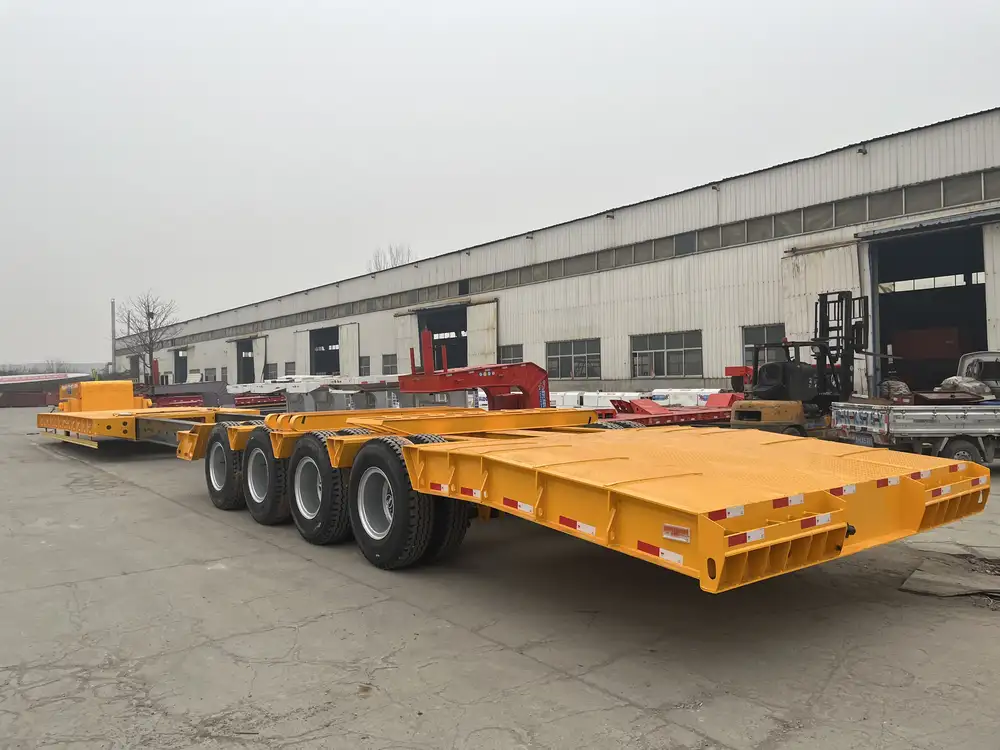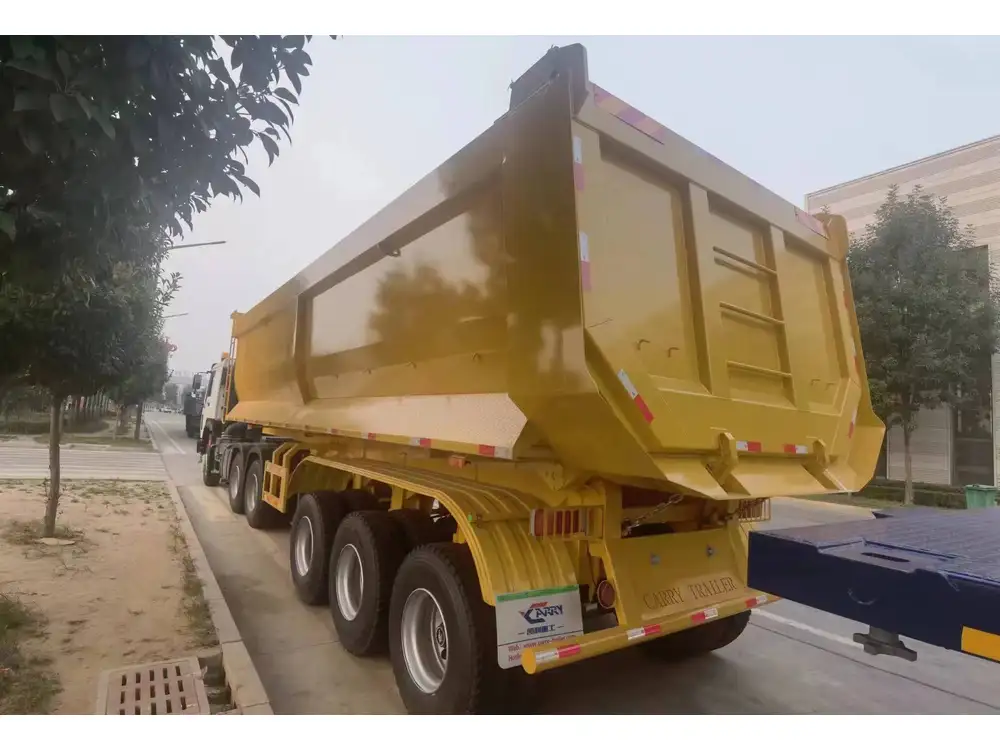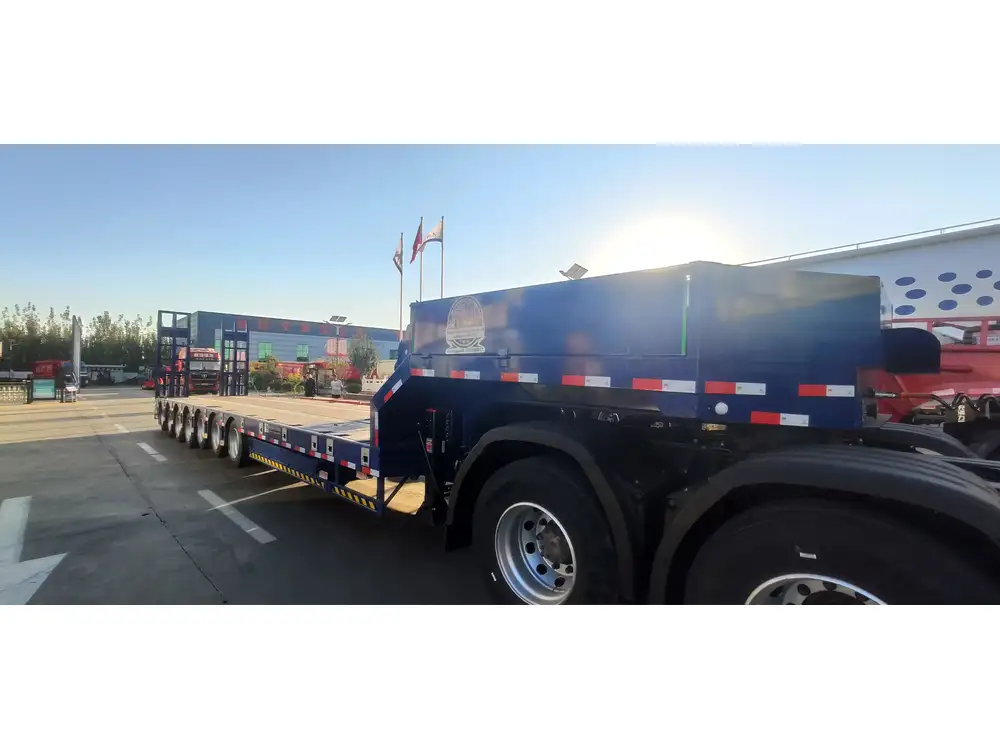Towing a car on a flatbed trailer can seem like a daunting task, but with the right knowledge and preparation, it can be a smooth and efficient process. Whether you’re moving a vehicle across town, transporting a non-operational car, or delivering a vehicle to a new owner, understanding the intricacies of towing is crucial for ensuring safety and compliance. In this guide, we will delve into the specifics of how to tow a car on a flatbed trailer effectively.
Preparing for the Tow
Understanding Your Equipment
Before setting out, it’s imperative to have a clear understanding of your towing equipment:
| Item | Description |
|---|---|
| Flatbed Trailer | A trailer designed for easy loading and transportation of vehicles. Ensure it has sufficient weight capacity. |
| Towing Vehicle | The vehicle that will tow the trailer must have adequate towing capacity. Verify the specs in your vehicle’s owner manual. |
| Straps and Chains | Use high-strength ratchet straps or chains specifically designed for towing to secure the vehicle. |

Legal Requirements
Ensure that your flatbed trailer is properly registered and meets local regulations. Familiarize yourself with the following:
- Trailer Registration: Check if your trailer needs to be registered in your state.
- Weight Limits: Know the weight limits for your towing vehicle to comply with road regulations.
- Towing License: In some jurisdictions, a special towing license may be required.
Steps to Tow a Car on a Flatbed Trailer
Step 1: Choose the Right Trailer
Selecting the appropriate flatbed trailer is foundational. Here’s what to consider:
- Size: The trailer should be long enough to accommodate the vehicle being towed, with additional space for any overhang.
- Weight Rating: Ensure the trailer’s GVWR (Gross Vehicle Weight Rating) is equal to or greater than the weight of the loaded vehicle.

Step 2: Position the Trailer
- Find a Level Surface: Before loading, park the trailer on a flat, level surface to prevent the vehicle from rolling.
- Align the Trailer: Back the towing vehicle up to the trailer, aligning the vehicle’s hitch with the trailer’s coupler.
Step 3: Load the Vehicle onto the Trailer
Loading Procedure
- Lower the Ramp: If your flatbed comes equipped with a loading ramp, lower it to create a smooth incline.
- Drive the Car Onto the Trailer: Carefully drive the vehicle up the ramp. If the car is non-operational, you may need to push it onto the trailer instead.
- Position the Car: Center the vehicle over the axles of the trailer for balanced weight distribution.

Step 4: Secure the Vehicle
Methods of Securing the Vehicle
Utilizing appropriate techniques and tools to secure the car is essential. Here’s how to do it effectively:
Tie-Down Straps:
- Ratchet Straps: Use four ratchet straps. Attach two to the front of the vehicle (either the frame or designated tie-down points) and two to the rear.
- Avoid Movement: Ensure the straps are tight. A loose strap can lead to the vehicle shifting, especially during transit.
Safety Chains:
- Always use safety chains as a backup. Cross them underneath the hitch to prevent them from dragging on the ground.
Step 5: Check the Connection
Before hitting the road, it’s critical to double-check all connections:
- Hitch Connection: Verify that the trailer hitch is properly attached to the towing vehicle.
- Lights and Signals: Test brake lights, turn signals, and marker lights to ensure they are functioning correctly.

Safety Tips
Safety should always be a priority. Here are some essential tips to keeping yourself and others safe while towing:
| Safety Tip | Description |
|---|---|
| Check Tire Pressure | Ensure both trailer and vehicle tires are inflated to the proper PSI before departure. |
| Monitor Weight Distribution | Too much weight on one side can affect handling; adjust as needed for equilibrio. |
| Practice Driving with the Load | Take time to ensure you are comfortable with the trailer’s handling, particularly during turns and stops. |
Common Mistakes to Avoid
Identifying and mitigating common mistakes can save you time and prevent accidents:
| Mistake | Explanation |
|---|---|
| Inaccurate weight measurement | Always weigh the vehicle and ensure that the total weight does not exceed the limits of your trailer and towing vehicle. |
| Neglecting to secure the car | Failing to properly secure the vehicle can lead to severe incidents on the road. |
| Ignoring local towing laws | Each state has specific regulations regarding towing; familiarity is crucial to avoid fines. |
What to Expect When Towing

Driving Considerations
Towing a vehicle on a flatbed trailer affects your driving in several ways:
- Stopping Distances: Be prepared for longer braking distances. Your vehicle will take longer to stop due to increased weight.
- Turning Radius: Ensure wider turns, as the trailer will follow a different path than your vehicle.
- Weather Conditions: Be extra cautious in inclement weather, as towing increases the risk of skidding and rollover.
Maintenance of the Trailer
Regular maintenance of your flatbed trailer ensures safety and longevity. Here are key areas to focus on:
- Tires: Regularly check the condition and inflation of tires.
- Brakes: Make sure the brakes are functioning correctly, as they are vital during tows with heavy loads.
- Lights: Periodically inspect all lights to guarantee they are operational.
Unloading the Vehicle
Once you reach your destination, unloading is just as important as loading. Follow these guidelines:
- Position the Trailer: Park on level ground to prevent the vehicle from rolling when unloaded.
- Release Straps and Chains: Remove and store the straps and safety chains carefully.
- Drive Off with Caution: Slowly drive the vehicle down the ramp. If it’s not operational, have a helper assist you.

Conclusion
Mastering the art of towing a car on a flatbed trailer can empower you with newfound confidence, enabling seamless transportation of vehicles for personal or business needs. By following the systematic approach proposed in this guide, from preparation to execution and maintenance, you can ensure that your towing experience is both safe and efficient. Whether you are a seasoned professional or a beginner, the details shared here will enhance your understanding and execution of this essential skill.
Ensure you keep safety at the forefront and adhere to all legal requirements. Happy towing!



